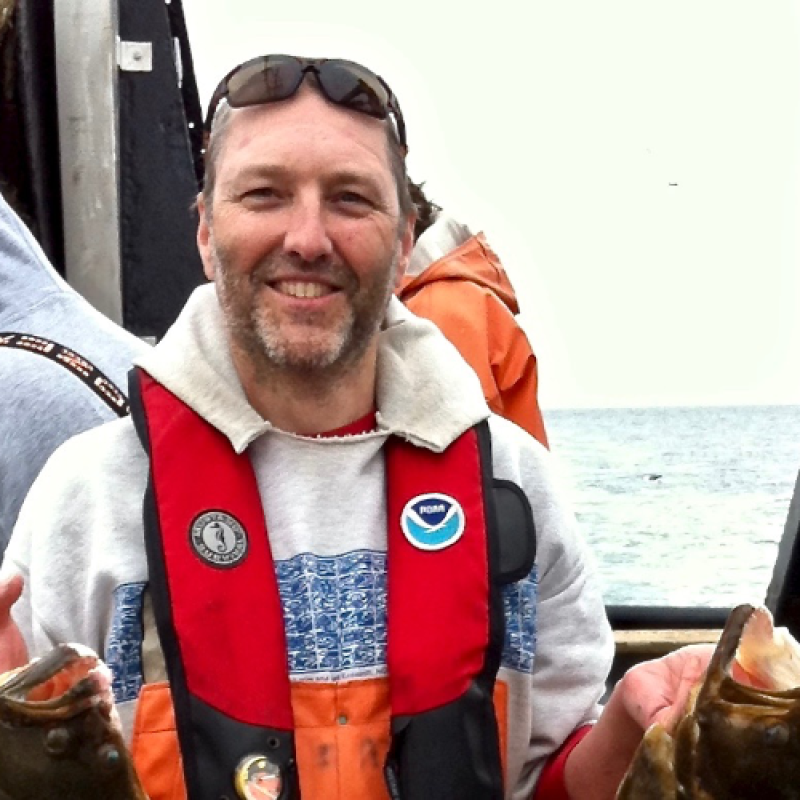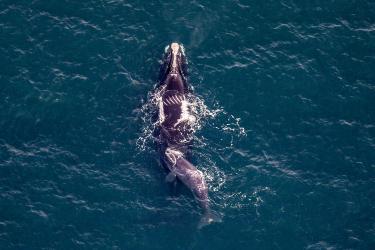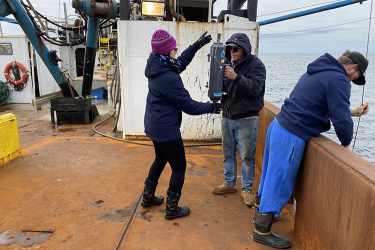There was talk before we sailed about the updated forecast from the National Hurricane Center and how the estimated number of named storms had increased. I didn’t think too much about it at the time. We had crates to unpack and equipment to set-up. We had made it 15 days at sea in August without too much impact to our cruise track from weather, so I counted us lucky.
Our last station was just a few days away. We woke just east of Jeffreys Ledge in the western Gulf of Maine earlier this week, steamed into Massachusetts Bay and back out across Stellwagen Bank. We saw some humpback whales, molas, and northern gannets along our way, and discussed the naming of tropical storm Erin, and how the storm’s track would impact our last day-and-a-half of sampling south of Nantucket Shoals and Block Island Sound.

Thankfully, we were able to conduct operations right up to our last station outside the sea buoy off Narragansett Bay. We even caught another subtropical visitor to the Massachusetts coast, a tiny young dolphinfish (Coryphaena hippurus), in our bongo net off Nantucket Shoals.
We had a very successful cruise thanks to the great work of the officers and crew of NOAA Ship Gordon Gunter. They kept us working and well-fed from Chesapeake Bay, Virginia, up to Canadian waters and back to Narragansett Bay, Rhode Island. We steamed over 2,800 miles in
16 days, stopping at more than 135 stations to deploy gear to collect hundreds of samples and data files. Now we and our collaborators need to analyze all that information and stitch it together for a better understanding of the shelf ecosystem.
I’d also like to thank our volunteers, Jon, Jessica, David, and Caleb, and Kannan, our NOAA Teacher at Sea, for their assistance and especially for their questions and observations. It is a great reminder of the cool stuff we get to see, but often take for granted.
Harvey Walsh
Chief Scientist, GU19-02
Aboard the NOAA Ship Gordon Gunter




